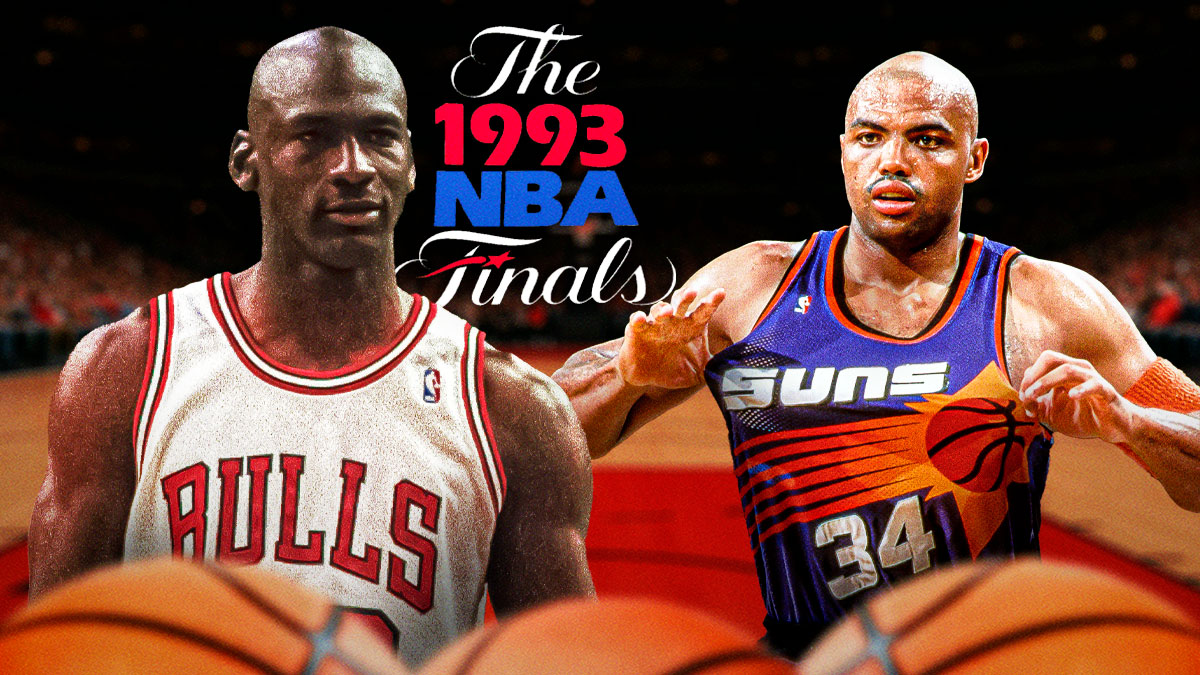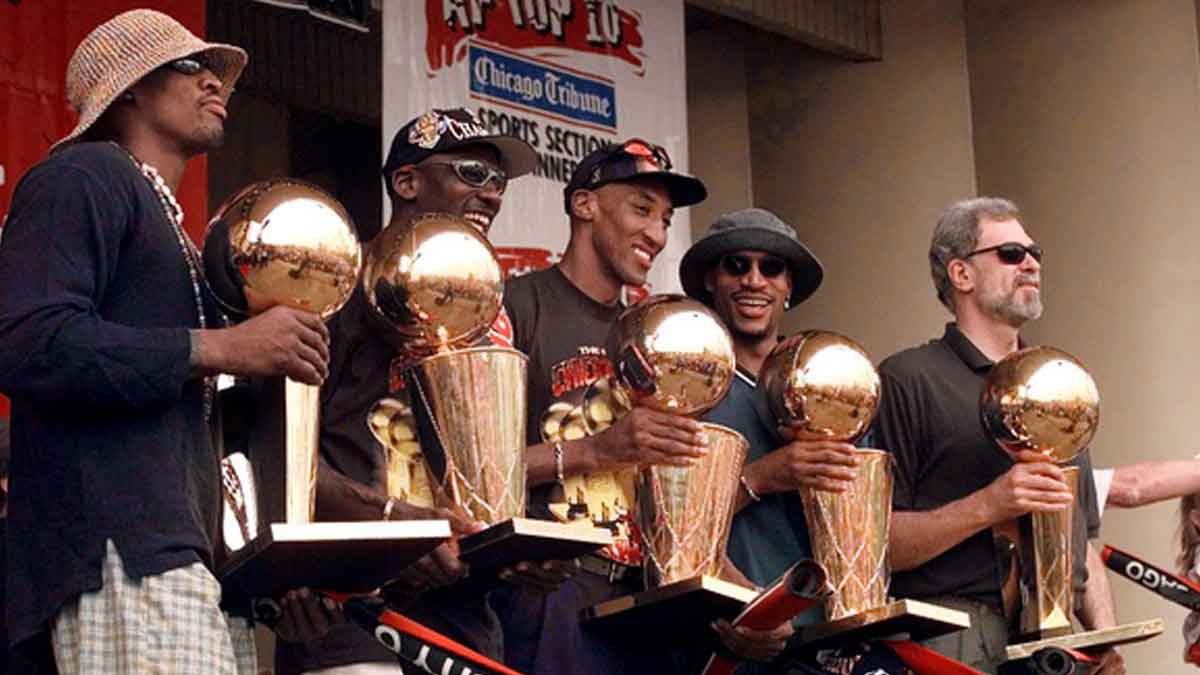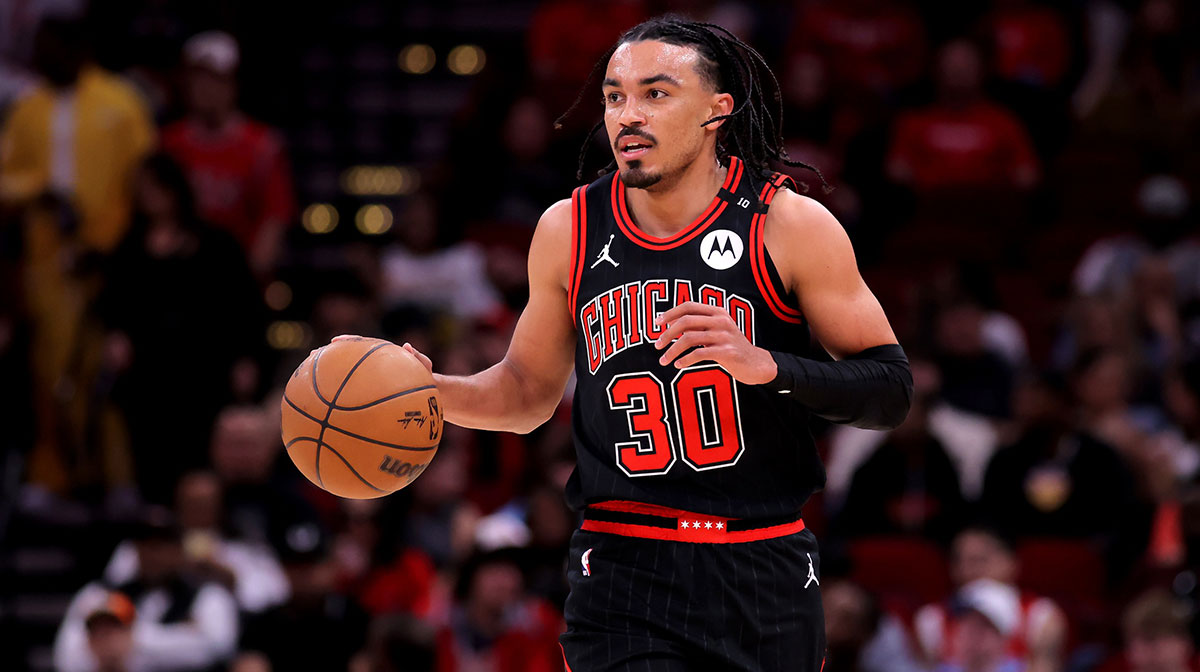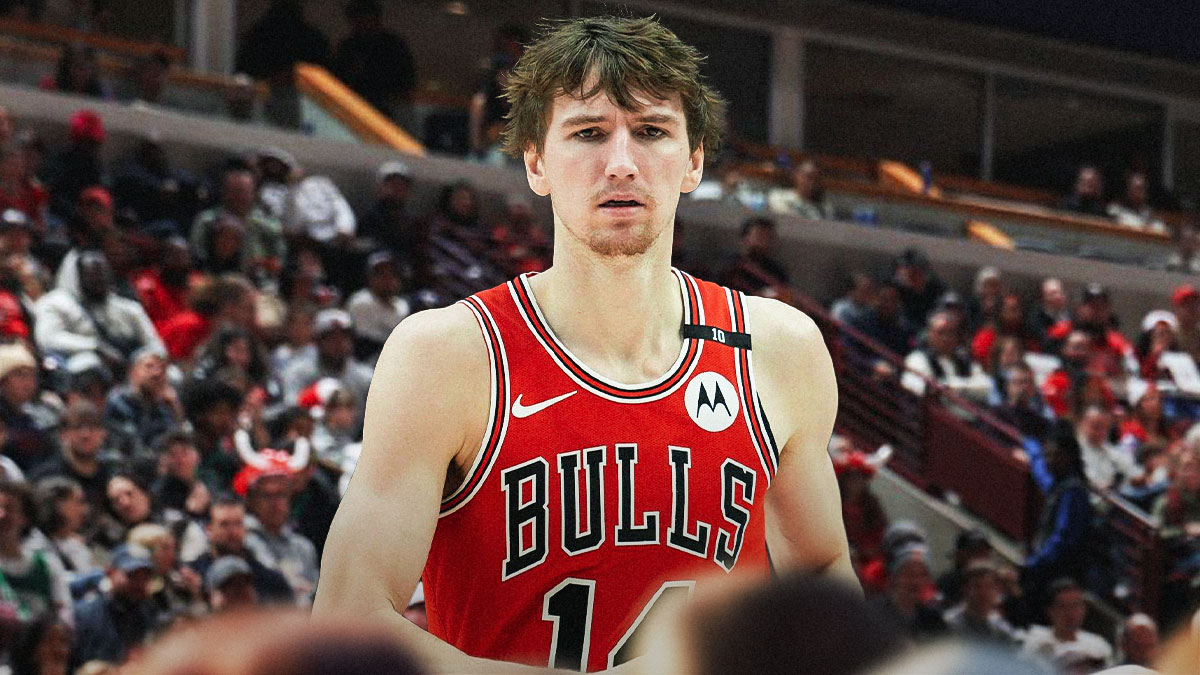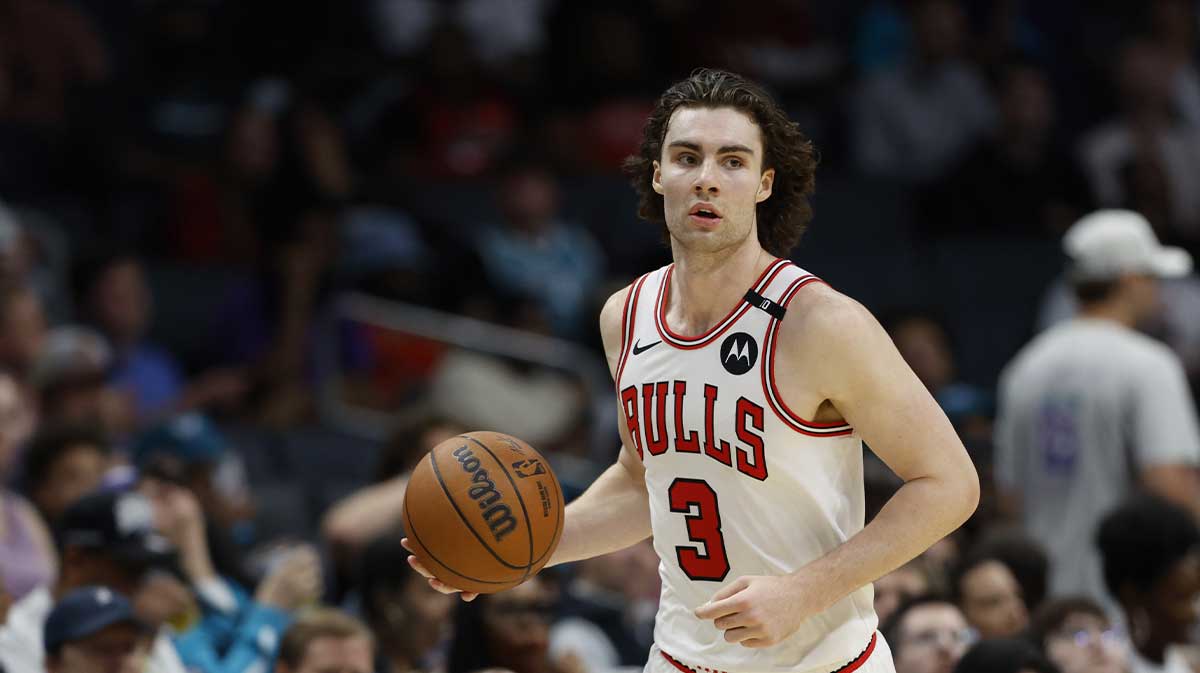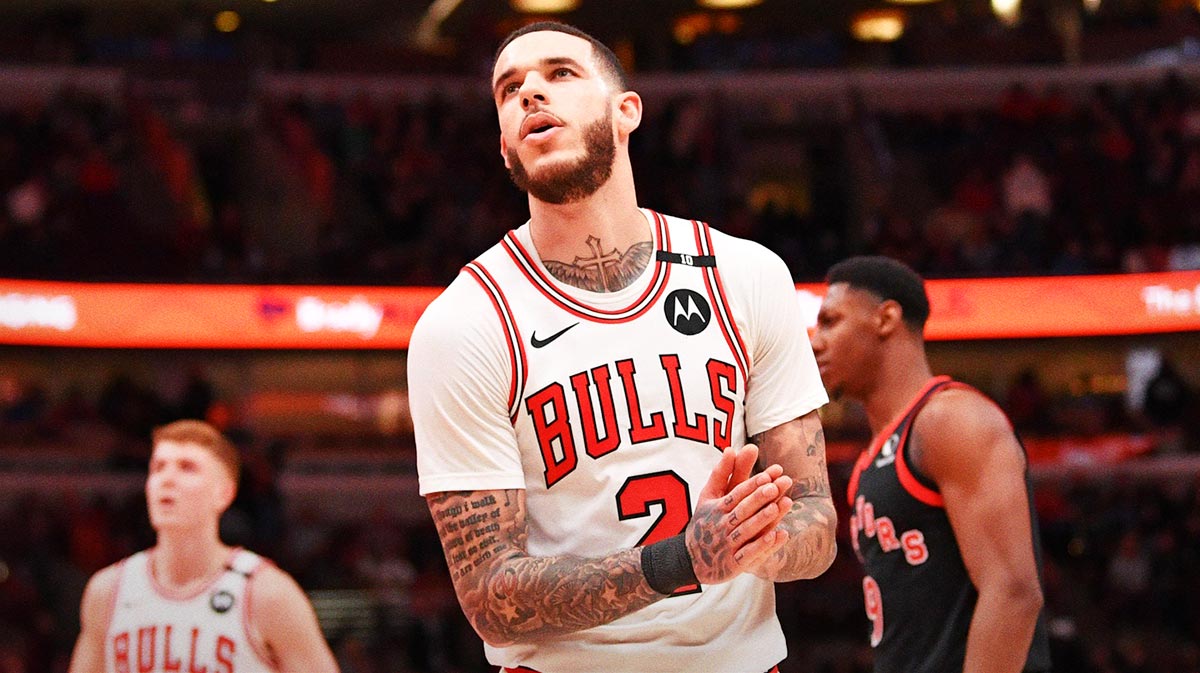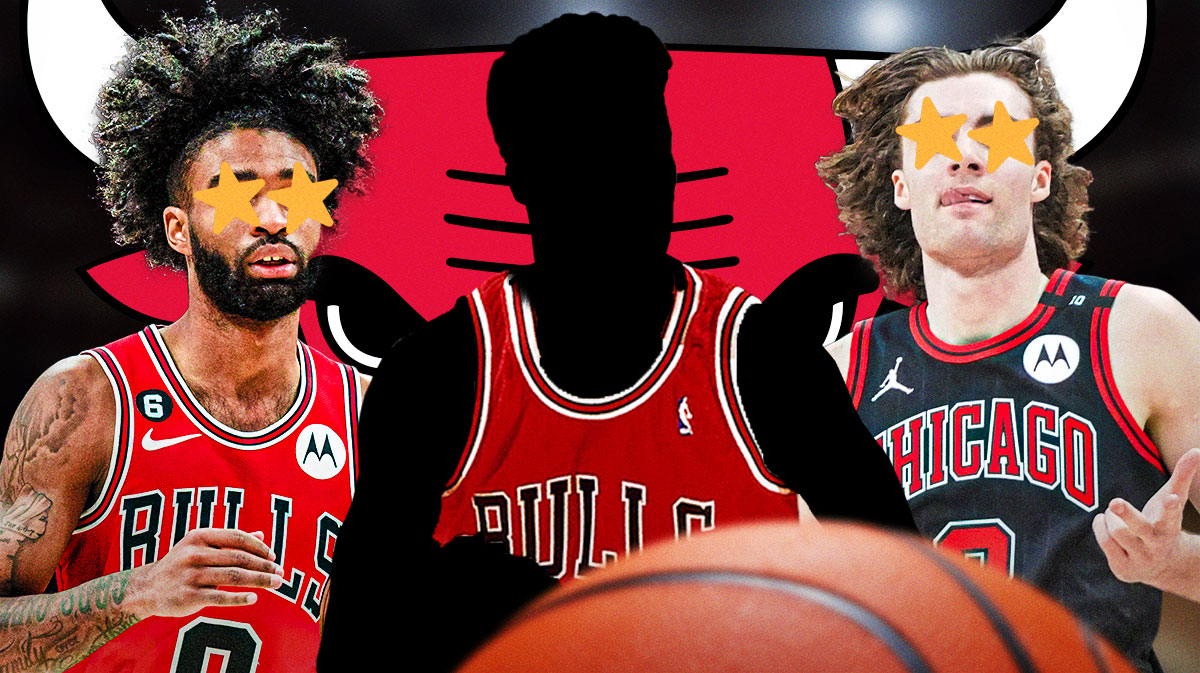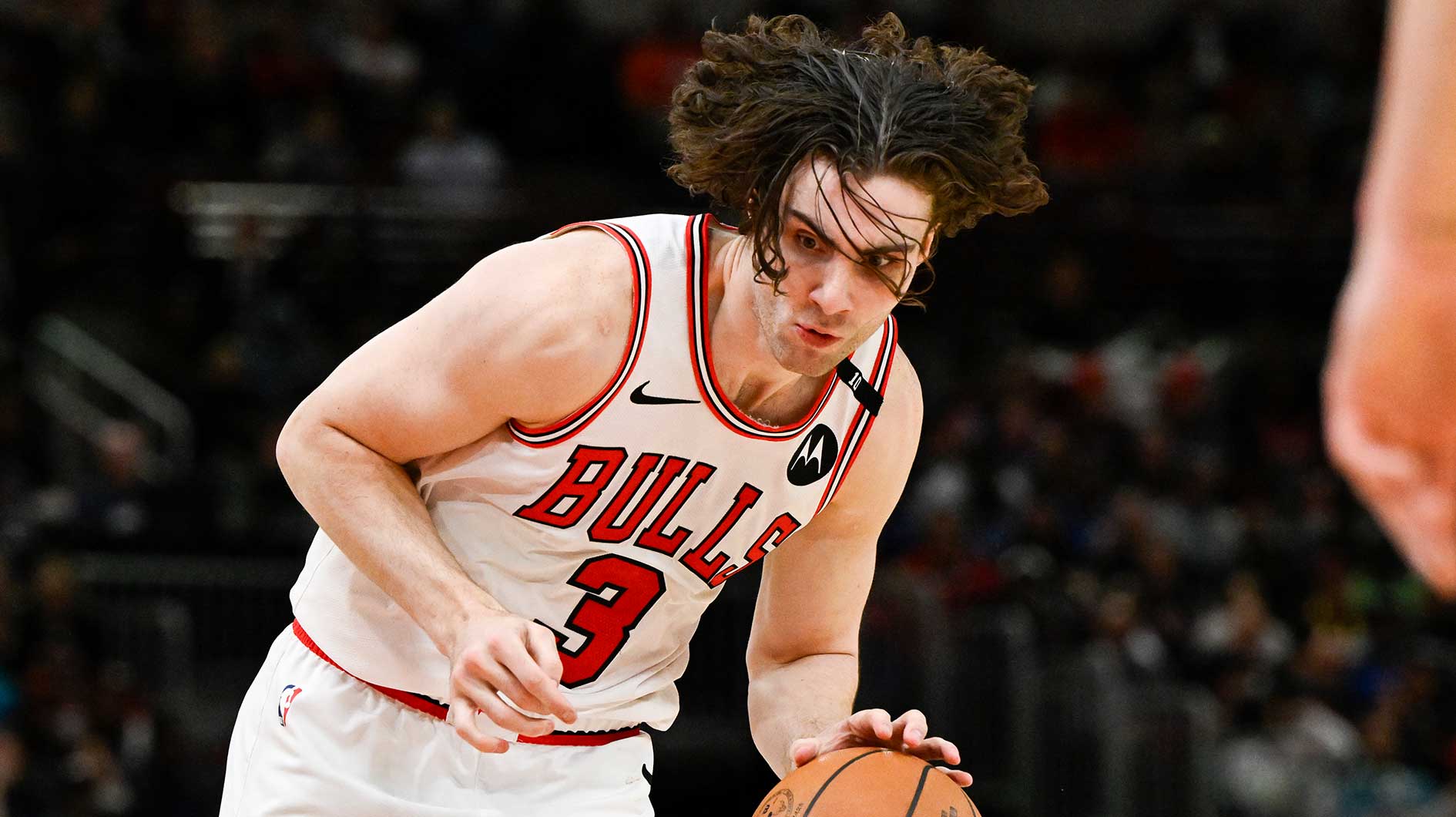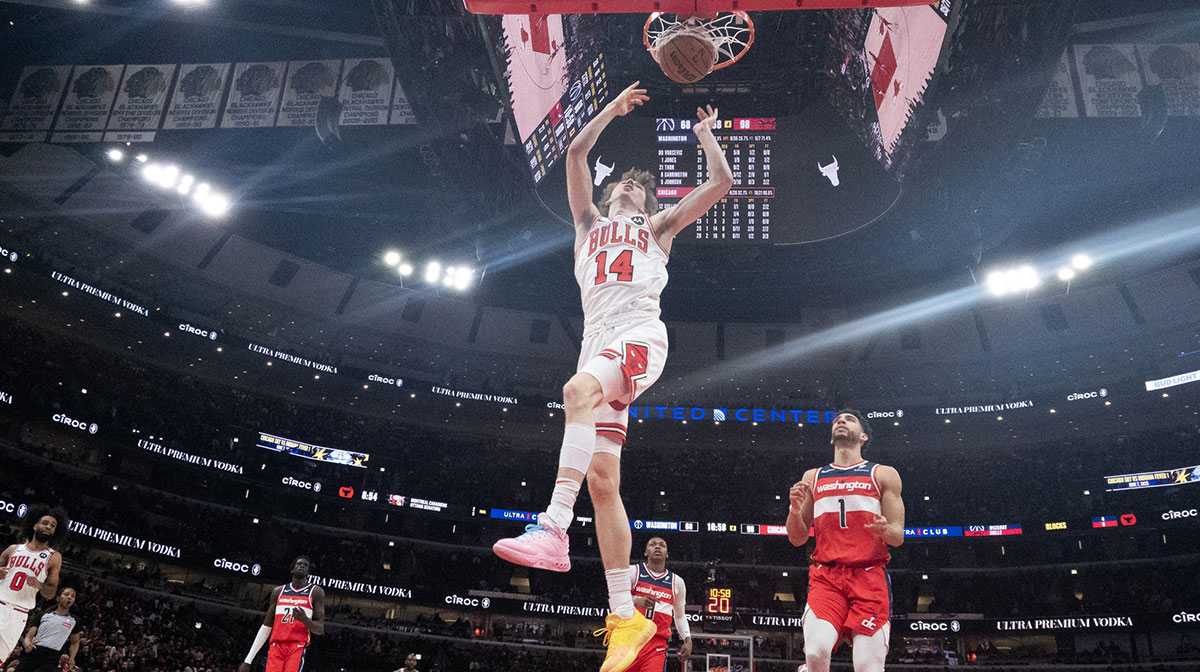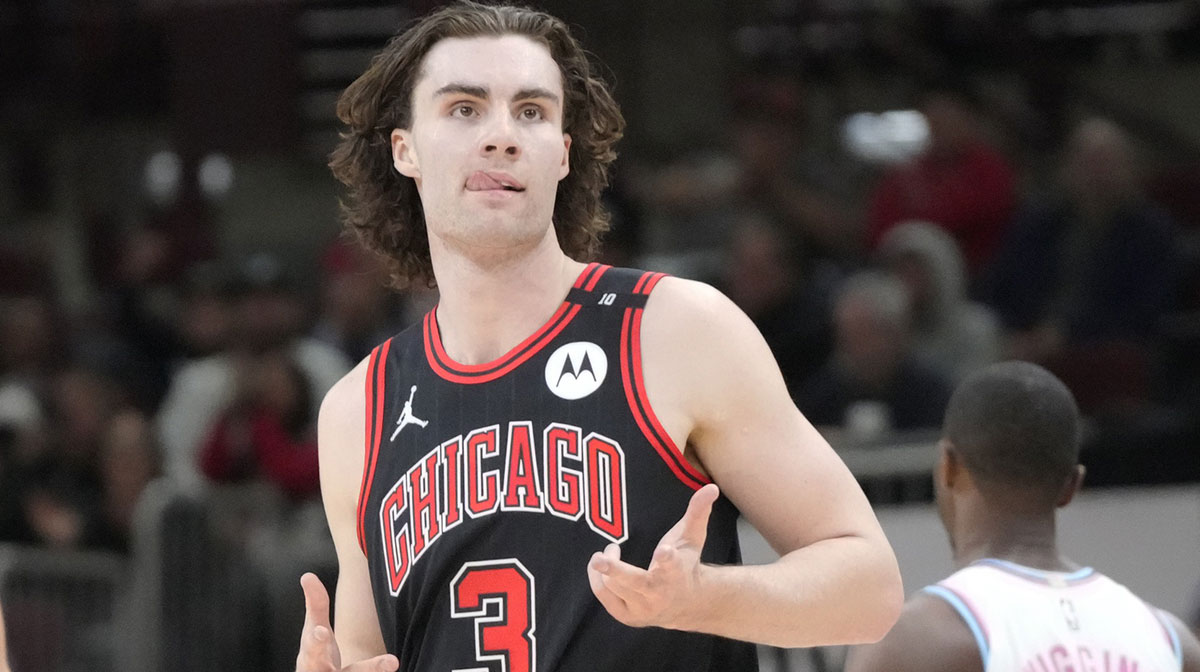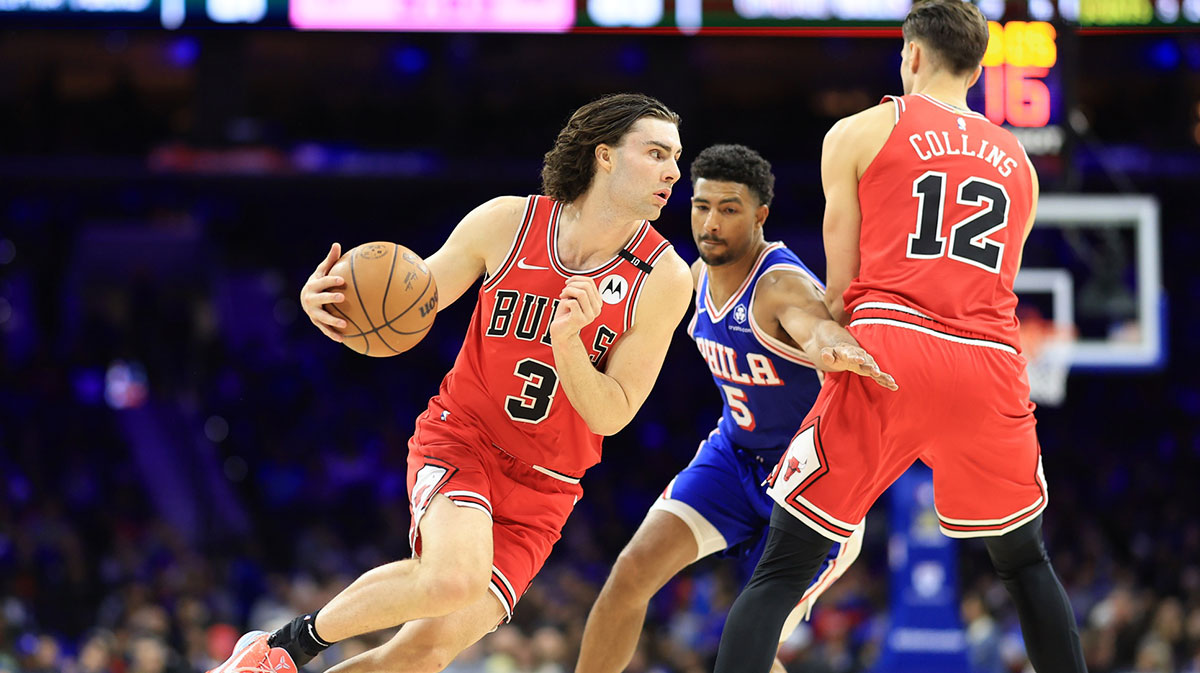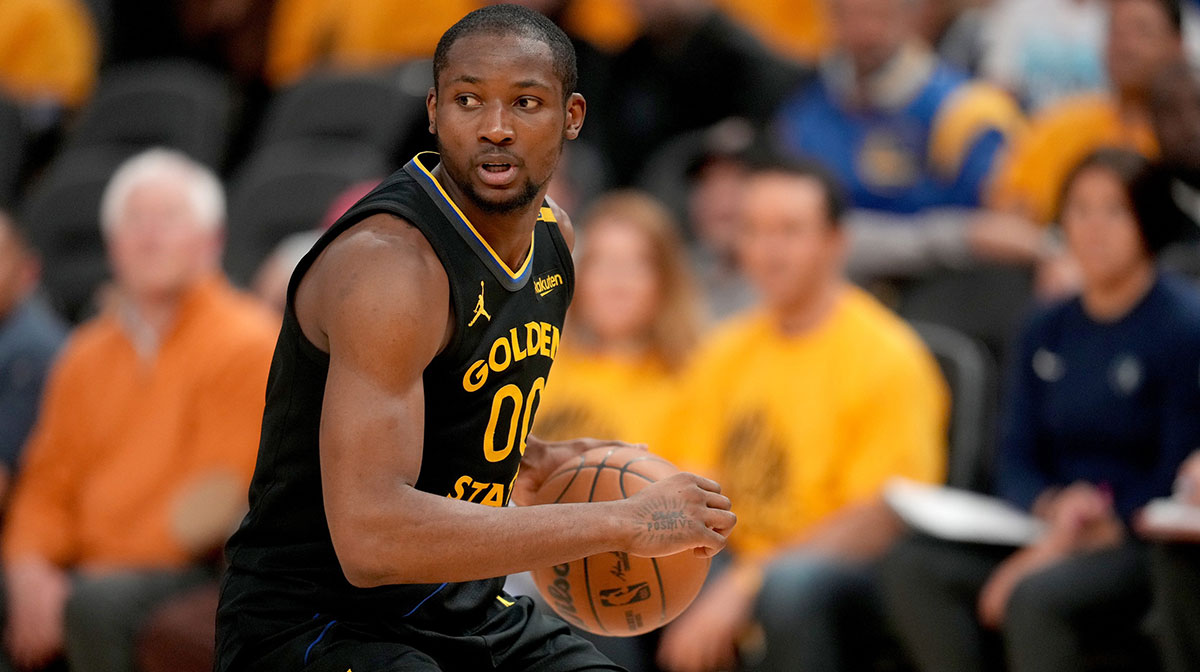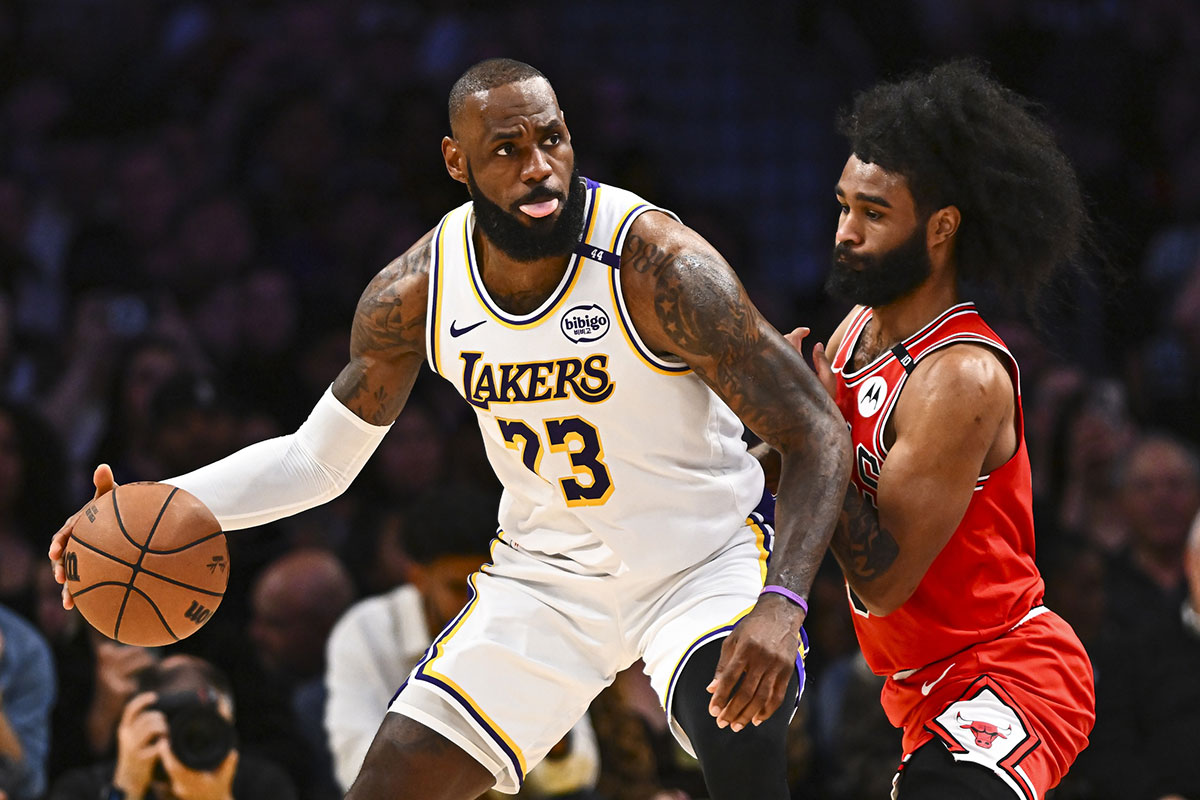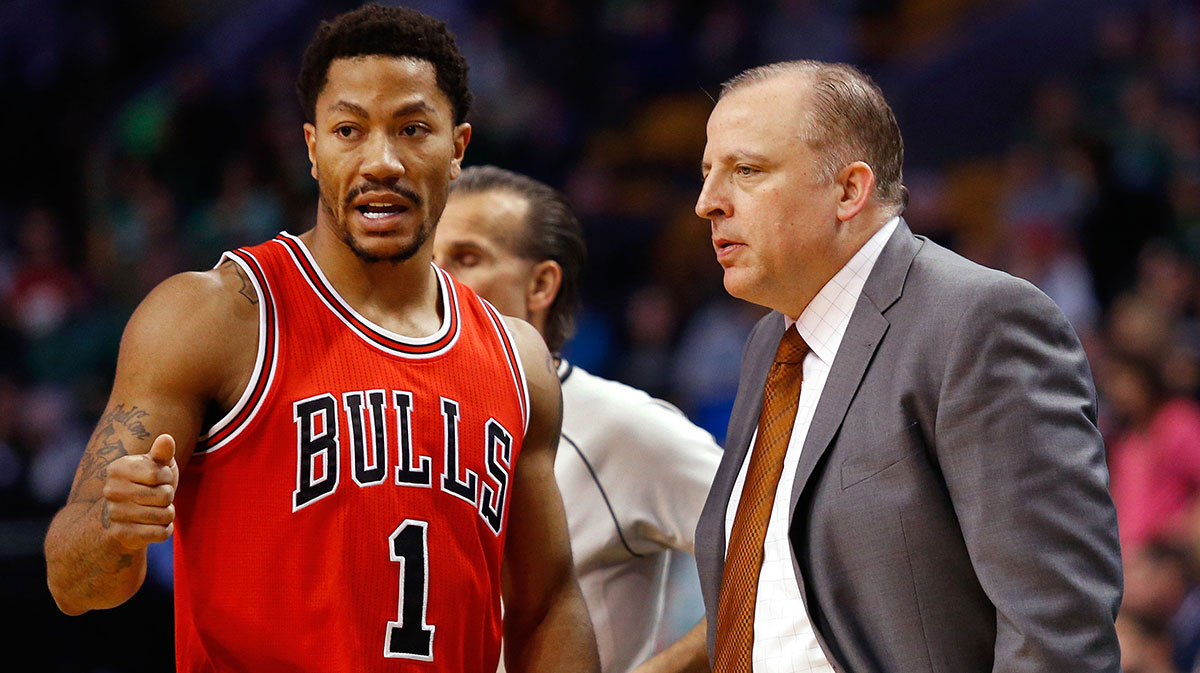If there is one player in all of NBA history who many consider to be “untradeable,” it was none other than former Chicago Bulls icon Michael Jordan. But there was a time when the most untouchable player of all time was not as valuable as he would eventually become. In this post, we're going to look at a Michael Jordan trade — well, a few of them, as trading Jordan would be insane anyway, but it nearly happened a few times!
Jordan, of course, is often considered the greatest NBA player of all time. The five-time NBA MVP won 10 scoring titles and six NBA titles, which included six NBA Finals MVPs. His Airness also was the most popular and recognizable athlete in the United States, if not the world, during his playing day, which helped him become the first athlete billionaire.
Yes, there was a time in history when a Jordan trade was possible, even if trading him, in hindsight, would be considered treason by Chicago Bulls fans. Every organization wants to be a champion and one of the best ways to become a championship contender is through trades. Believe it or not, Bulls fans nearly lost the opportunity to watch MJ and see him deliver a championship to the city had certain deals gone through.
Though there is hardly any scenario in which the loss of a certain 6-foot-6 shooting guard would look good for the Bulls organization in general and owner Jerry Reinsdorf in particular, there were offers that were quite intriguing to say the least. Thankfully, “intriguing” was the most these potential trades ever were.
Michael Jordan Trade – Trading Michael Jordan (Never!)
Here are the best rumored trade offers for Jordan ranked in reverse order.
5. Michael Jordan to Clippers for the 1988 No. 1 and 6 draft picks
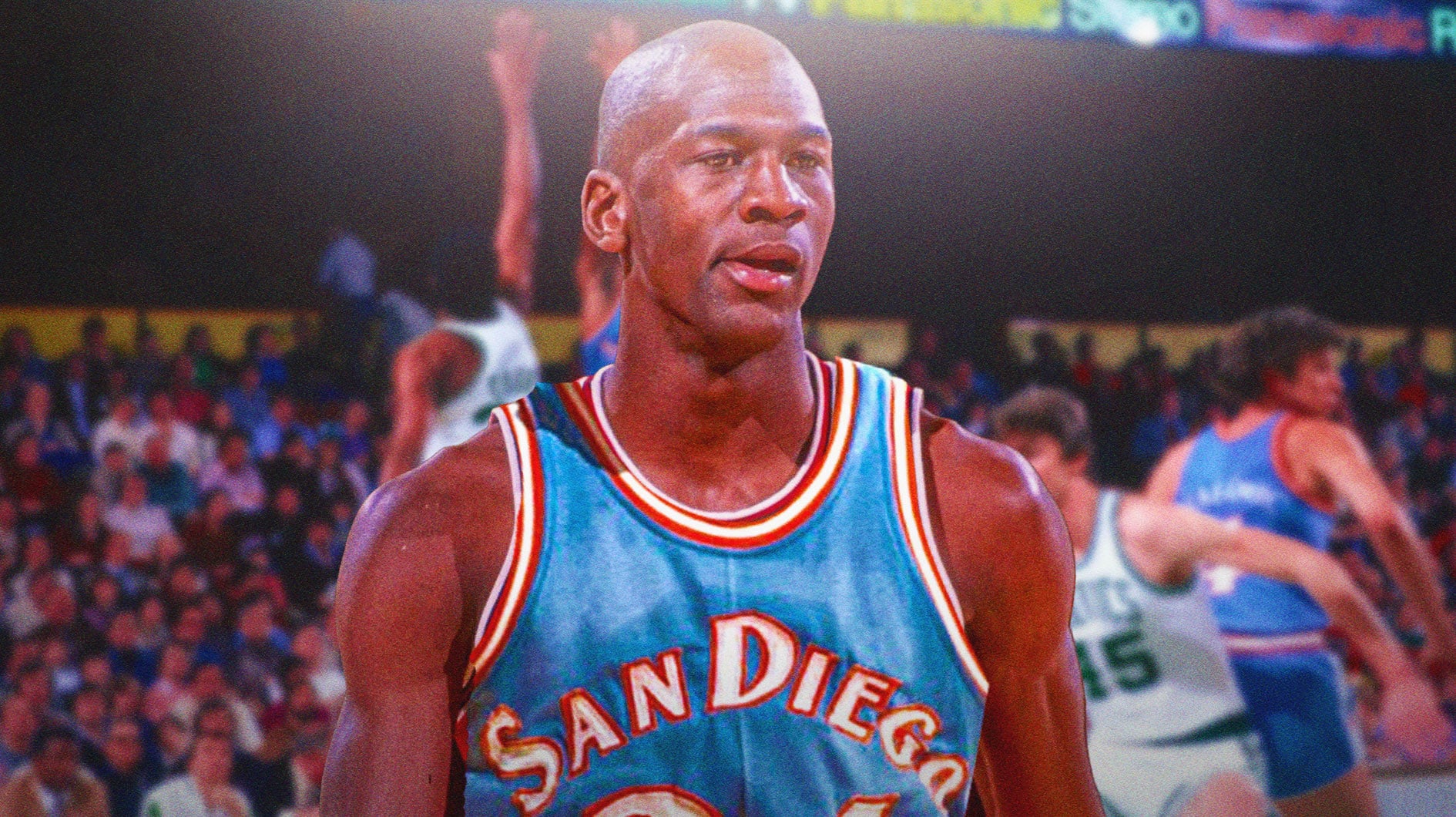
The infamous story of how the Bulls almost traded Jordan to the Los Angeles Clippers was outlined in Sam Smith’s best-selling and highly controversial book “The Jordan Rules.”
In the 1987-88 NBA playoffs, Chicago was eliminated four games to one by the Detroit Pistons. It would be their 15th loss in 20 playoff games with Jordan, and there was a popular theory that the Bulls would never win a title with No. 23 in tow because of his style of play. Bulls coach Doug Collins believed so, too, and he told Reinsdorf about it.
Clippers owner Donald Sterling made a call to Reinsdorf, offering “any combination of five players or draft choices” in exchange for Jordan. The team owned the first and sixth picks in the 1988 NBA Draft.
With those picks, the Bulls could select 7-foot-4 center Rik Smits (whom they highly coveted) with the first pick and then grab shooting guard Mitch Richmond with the sixth. Both would eventually become All-Star players.
The Bulls also had their own draft pick at No. 11, which they could use to pick Rod Strickland, a fringe All-Star during his best years and an excellent playmaker. Or they could trade either Charles Oakley or Horace Grant in exchange for Cleveland Cavaliers guard Kevin Johnson.
The goal was to put together a team that wasn’t dependent on one player on offense and have a more balanced attack. A lineup of Johnson at the point, Richmond at shooting guard, Pippen at small forward, Grant or Oakley at power forward, and Smits at center would definitely be a force to be reckoned with.
The plan doesn’t sound as bad as it looks. Except, in hindsight, can you really compare the value of Air Jordan to Johnson, Richmond, and Smits combined?
Even with a greater chance of winning a championship with this roster, Reinsdorf would back out, as he considered Michael Jordan untradeable.
Besides, Jordan put fans in their seats before they had any championships. Reinsdorf probably imagined what would happen if they had won at least one with Jordan at the helm. And that’s exactly what happened three years later when the Bulls lifted their first Larry O’Brien trophy.
4. Terry Cummings for Michael Jordan
In 1984, just before the draft, the Bulls were shopping around the third pick in order to grab that one superstar who was going to turn their fortunes around. Of course, the third pick of the 1984 draft was where Jordan fell into Chicago’s lap.
As shared by Clips Nation’s Justin Russo, in the June 17, 1984, publication of the Chicago Tribune, the Bulls, Clippers, and the Dallas Mavericks had been working on a three-way deal. The key piece for the Bulls was Chicago native and 1982-83 Rookie of the Year Terry Cummings. This was the Clippers' first attempt to acquire Jordan, albeit through the draft.
Cummings may not have been a center, but he was considered a franchise-type player — one who could score and rebound with the best of them. The Clippers eventually traded him before the season started to the Milwaukee Bucks where he spent his best years as a pro.
3. Tree Rollins for Michael Jordan
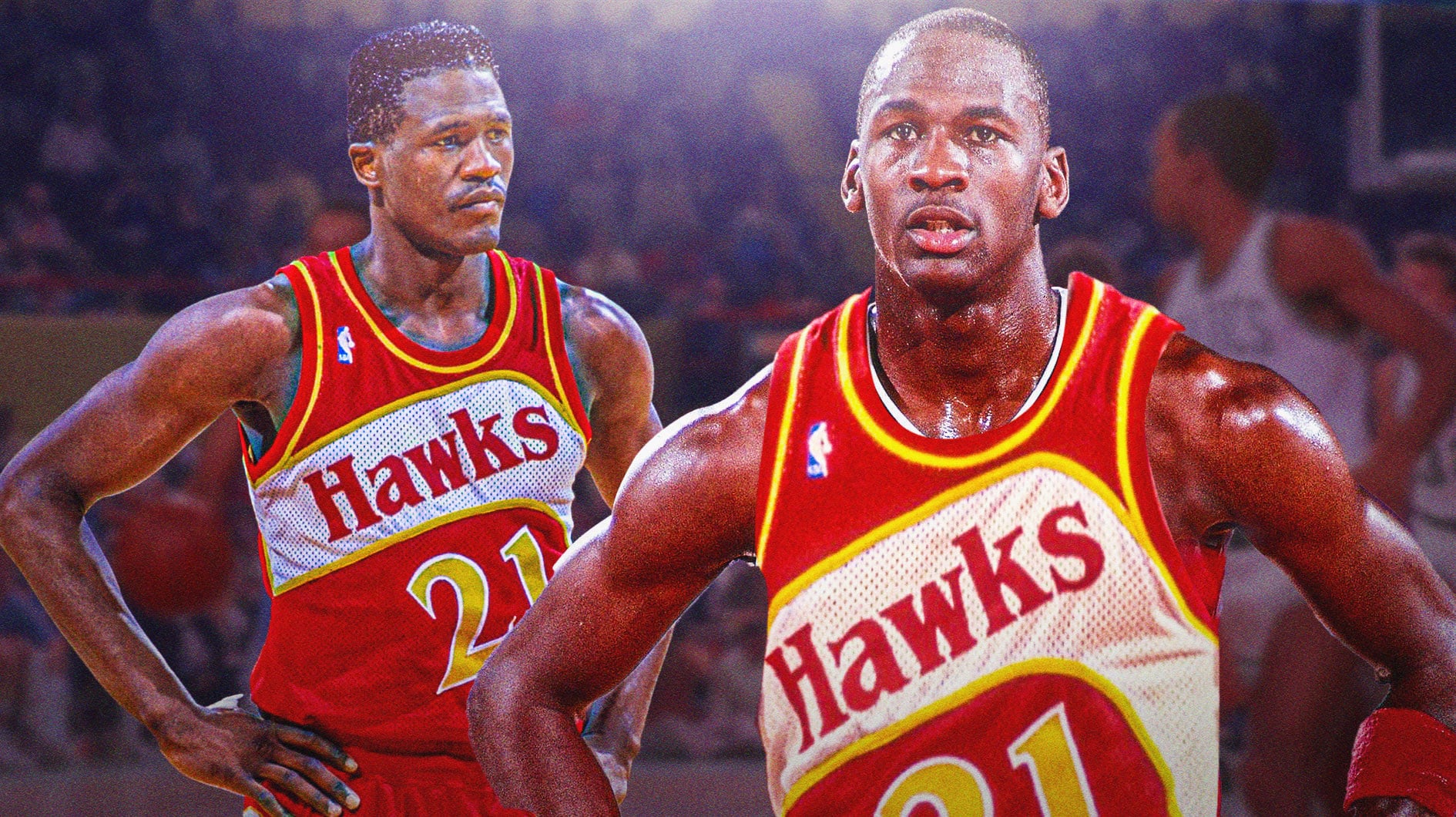
The Bulls were looking for a franchise center, and if they couldn’t get the Seattle Supersonics’ 6-foot-11 center Jack Sikma, they would have traded the third pick of the 1984 draft to the Atlanta Hawks for 7-foot-1 Wayne “Tree” Rollins. Rollins wasn’t an offensive force by any stretch, but he was a defensive presence who averaged 3.6 blocks a game in 1983-84 and led the league the previous year with 4.3.
The Houston Rockets were sure to pick Hakeem Olajuwon with the first pick, and the Portland Trail Blazers were infamously keen on selecting Jordan's teammate at North Carolina, Sam Bowie, with the second. Two of the best big men in the draft were gone by the time the Bulls selected with the third pick.
Presumably, the 1983-84 College Player of the Year was an intriguing enough prospect for the Hawks to snatch him up with the third pick just as the Bulls did.
There weren’t too many details disclosed about this potential deal, but if it had materialized, the Hawks would have had another high-flyer on their roster to pair with Dominique Wilkins. This Hawks team may as well have been dubbed “The Air Force” as Air Jordan and the Human Highlight Film came flying through the air in NBA arenas everywhere.
Along with Wilkins and Jordan at the two, their starting lineup was likely to be Doc Rivers running the point, Cliff Levingston as the big forward, and Kevin Willis at center. The bench players included sharp-shooters Eddie Johnson and Randy Wittman, and power forward/center Antoine Carr.
The Hawks had a chance to advance to the Eastern Conference Finals in 1988. In Game 7 of the Eastern Conference Semifinals, Bird and Wilkins had their famous shootout at the Boston Garden, which the Celtics won. If they had Jordan, there’s no way the series extends to seven games. The series could have ended in five or six games with the North Carolina alum starring for the Hawks.
2. Charles Barkley, Andrew Toney, Clemon Johnson for Michael Jordan
Though this particular story (just like the rumored Hawks trade) doesn’t have much support other than the Herald Sun’s Michael Randall, this is certainly one of the more interesting trades that the Bulls were rumored to explore at the time. The Philadelphia 76ers were expected to receive the third pick (Jordan) from the Bulls for the fifth pick of the draft (Charles Barkley), two-guard Andrew Toney, and center Clemon Johnson. It was a deal that could have changed the fortunes of the two rookies involved in the trade.
The Bulls would have built their team around Barkley, which isn’t such a bad deal. A potential starting lineup with Toney at the shooting guard position, Orlando Woolridge at small forward, and Barkley at power forward looks very promising. That core could have had a better record than they actually did in 1984-85 and go deeper in the playoffs than what Jordan could have done for them that year.
On the other hand, Julius Erving would mentor Jordan more closely while he played alongside All-Stars like point guard Maurice Cheeks, center Moses Malone, the 1983 NBA Finals MVP and former league MVP, and 1982-83 Sixth Man of the Year Bobby Jones.
The Sixers would have had the chance to compete for a championship with this lineup for the next few years while prolonging Dr. J’s career. Without a doubt, this would've been the most interesting scenario that could've come about MJ trade rumors.
1. Dr. J for Air Jordan
The Sixers were interested in acquiring Jordan in exchange for Julius Erving before the former had the chance to step on an NBA hardwood. Swapping Dr. J for Air Jordan in 1984 was a huge gamble for the Sixers, who were just a year removed from a championship.
It wasn't just history that made this possibility crazy. The Sixers had a feeling about Jordan even before Chicago.
Former Sixers owner Harold Katz had his eye on the North Carolina product, perhaps especially so when he noticed the similarities between Erving and his Air Apparent. Add in the fact that Jordan was younger by 11 years and the deal was a no-brainer for Philly.
“I thought I had a deal with (former owner) Jonathon Kovler of the Bulls for the third pick,” Katz told Pat Williams, the Sixers' general manager at the time. “Rod Thorn (the Bulls GM at the time) killed that one and took Michael Jordan. I would have made that deal.” The story is in the book “Pat Williams' Tales from the Philadelphia 76ers: 1982-1983 NBA Champions.”
Dr. J in a Bulls uniform could excite the Chicago fans and brought more of them to watch the games, the Bulls thought. At the time, Erving had come off a season in which he averaged 22.4 points, 6.9 rebounds, 4.0 assists, 1.8 steals, and 1.8 blocks per game under a more balanced Sixers offense. If he were the lone star on the Bulls, those numbers could easily shoot up.
The problem is, is that Bulls team was not a playoff contender, and it could take years before The Docter had enough help around him to make a championship run. On top of that, Erving had his best years behind him, and carrying too much of the load with the Bulls could end his career earlier than it actually did.
On the flip side, the Sixers now had Jordan and Barkley on the same team. They were good friends despite being on different teams, but putting them together would almost ensure that they would be the closest of friends from the get-go.
As mentioned previously, the Sixers also had Malone at center, Cheeks at the point, Jones as their defensive specialist, and Toney, their incumbent shooting guard who would have mentored the young Jordan.
That lineup alone would have given Larry Bird’s Boston Celtics a run for their money or at least made their playoff series a lot closer. The Sixers lost to the Celts 4-1 in the Eastern Conference Finals that season, but a young stud such as Jordan could have made a huge difference.
If Jordan had been with the Sixers from the beginning of his career, it’s almost certain that he’d be an NBA champion much sooner and competed for a championship every year. Additionally, the Sixers would not have traded Malone to the Washington Bullets, perhaps ending his career with Philly instead.
The question for Jordan in Philadelphia is not going to be whether he could win a championship but how many he would win. He won six in Chicago and would have topped that with eight championships as a Sixer. But the biggest winner in this scenario would be Barkley, whose ring finger will no longer be empty thanks to his buddy Michael.
Unfortunately for Sir Charles, this is too good to be true. In reality, the Bulls pulled out of the discussion and kept Michael Jordan for themselves. And all of Chicago heaved a sigh of relief.

